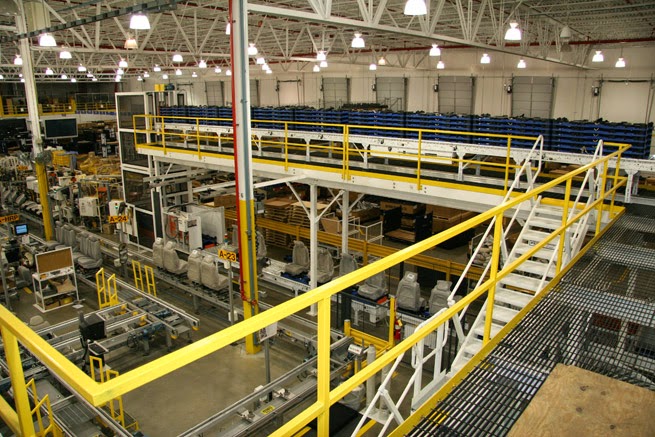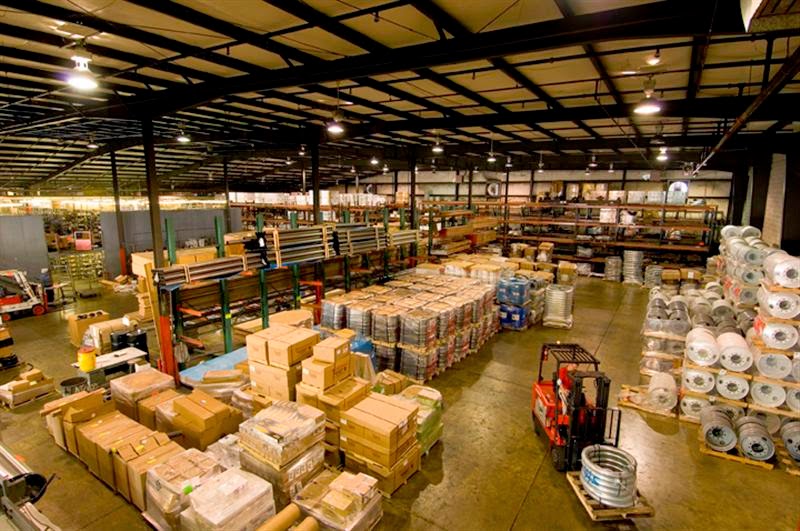The two primary classifications of mezzanines are standard-sized and custom mezzanines. While both are equally functional, they both have their strengths and weaknesses, and, therefore, require you to weigh your options as to know which one to get.
Standard-Sized Mezzanine Systems
Standard-sized or off-the-shelf mezzanine systems are pre-fabricated according to the normal sizes and typical spaces of warehouses in general. They are readily available from the manufacturer, such that when a company orders one or more systems from them, the manufacturer can deliver and install them right away.
All standard-sized mezzanine systems are constructed using the same high-grade, heavy-duty materials. However, if you have some minor requests regarding its construction, they may not be accommodated since standard mezzanines are already fixed, completed, and ready to be installed.
If your warehouse uses the standard storage space and you need a mezzanine system right away, the standard-sized system us ideal for you.
Custom-Fabricated Mezzanine System
Mezzanine systems can undergo custom fabrication if a customer or client prefers a system that is different from standard-sized models. For example, the size of the warehouse is unique that no standard-sized mezzanine can fit in, a custom-fabricated unit is most ideal to be used
Moreover, if client requires special specifications such as different materials to be used, different height or elevation, and additional safety features, a custom-fabricated mezzanine system should be preferred. Thus, if your warehouse storage needs are quite unique and you have a lot of time to spare while the manufacturer constructs your custom-made mezzanine, then this type is ideal for you.
These are the common differences between standard and custom mezzanines. The choice as to which type of system to get will all depend on your storage and material handling needs. For more information about custom mezzanines, visit http://msshouston.com/cantilever-racking-6/uncategorised/custom-mezzanines.






